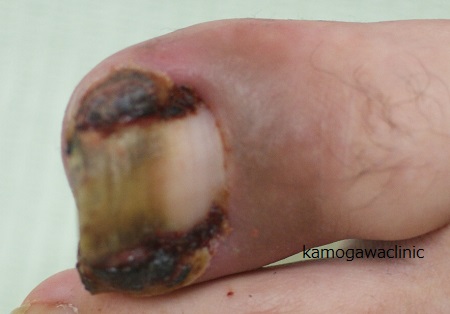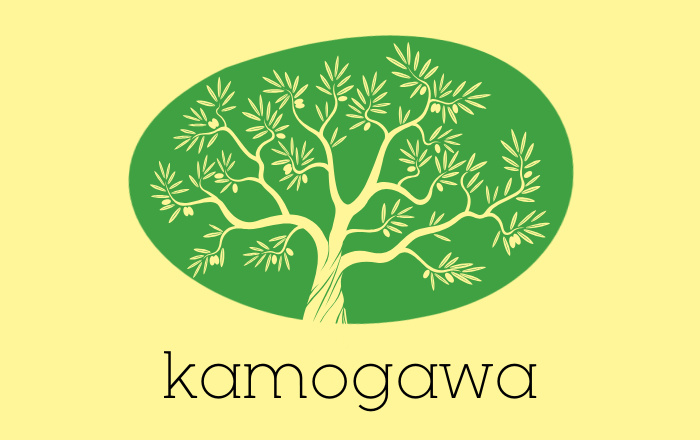For treatment of ingrown nails and ingrown toenails in Kita-ku, Osaka, visit Kamogawa Clinic Tenroku / 1 station away from Miyakojima, Ogimachi, and Nakazakicho
1. What is an ingrown nail?
An ingrown toenail is a condition where the toenail curves inward laterally and digs into the skin. It can be painful. On the other hand, an ingrown toenail is a condition where both ends or the tip of the nail dig into the skin like a thorn, causing pain and swelling. If the condition worsens, wounds form, suppuration occurs, and granulation tissue rises. It can cause pain so severe that walking is difficult. Ingrown toenails and ingrowing nails mainly occur on the big toe, but can also occur on other toes and hands. Ingrown toenails can also often cause ingrown toenails.
2. Causes of painful ingrown and ingrown nails
- Using the wrong nail clippers can cause the thorny nails to dig into the skin.
- Irregularly fitting shoes
- Lifestyle habits such as not putting weight on your toes and not walking still
- Age-related bone deformation of the toes
- Dry nails
- Athlete's Foot
3. Self-care for ingrown and ingrown nails First aid
How to heal yourself with taping
The skin next to the ingrown nail is pulled with elastic tape to create a gap between the nail and the skin. The tape is wrapped around the toe in a spiral shape to secure it in place. If the condition is mild, it may improve, but the area where the tape was applied may cause a rash. This is only a temporary measure.![]() How to fix it yourself using cotton
How to fix it yourself using cotton
This method involves packing cotton between the ingrown nail and the skin little by little to lift the nail and create a gap between the skin and the nail. This can help relieve pain, but it is rare for this method to completely heal the condition.
4. Treatment for ingrown nails and ingrown toenails at a hospital (for treatment of ingrown nails and ingrown toenails, it is recommended to visit a plastic surgeon or dermatologist)
・ Treatment of ingrown nails and ingrown toenails using wire treatment
A super-elastic wire is attached to the nail. The elasticity of the wire causes it to return to its original shape, which is one of the corrective treatments that lifts the nail that has embedded itself in the skin. It is easier than surgery, but requires a treatment period of about six months. It cannot be performed on ingrown nails or nails that have become infected and have granulation tissue.
- Treatment of ingrown nails and ingrown toenails using the phenol method
This is a surgical treatment. First, an injection is given into the finger to administer local anesthesia. The ingrown part of the edge of the nail is removed, and the nail matrix is removed with a chemical called phenol. Since the nail matrix, which is where the nail grows, is gone, the ingrown nail will no longer grow. This is the fundamental treatment for ingrown or involuted nails.

A man in his 20s came to see us because he had tried non-surgical methods such as the wire method but had not been able to cure his condition.
As you can see, the wound had not healed and it was so painful that I could barely walk.

The phenol method was performed and the condition was cured completely.
It is rare for someone to be patient and let things go this far.
After treatment, I was able to walk normally.


